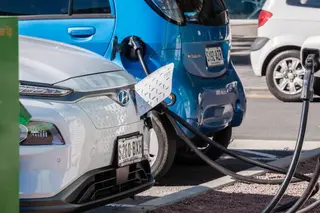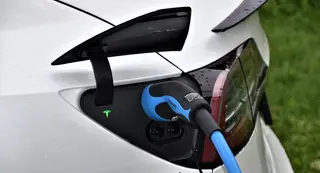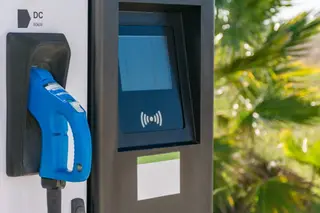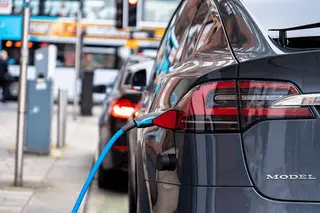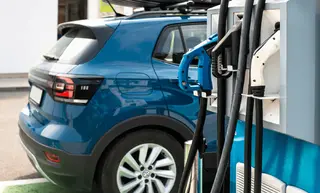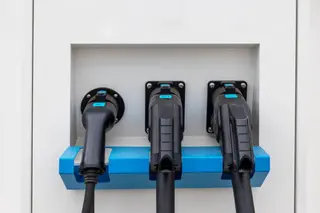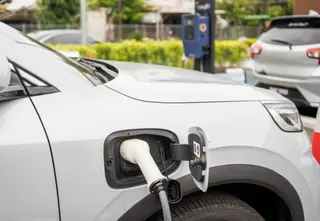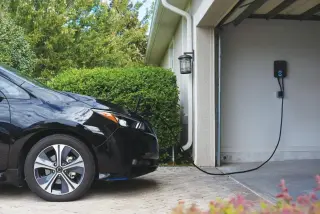Level 3 DC Fast Charger: Powering the Next Era of Rapid Electric Vehicle Charging
Introduction The electric vehicle (EV) revolution is accelerating, and so is the demand for faster, more efficient charging solutions. While Level 1 and Level 2 EV chargers have laid the groundwork for home and workplace charging, it’s Level 3 DC fast chargers that are transforming the possibilities for long-distance travel and high-turnover commercial applications. Unlike Level 2 AC chargers — which typically add 10–20 miles of range per hour of charging — Level 3 DC fast...

